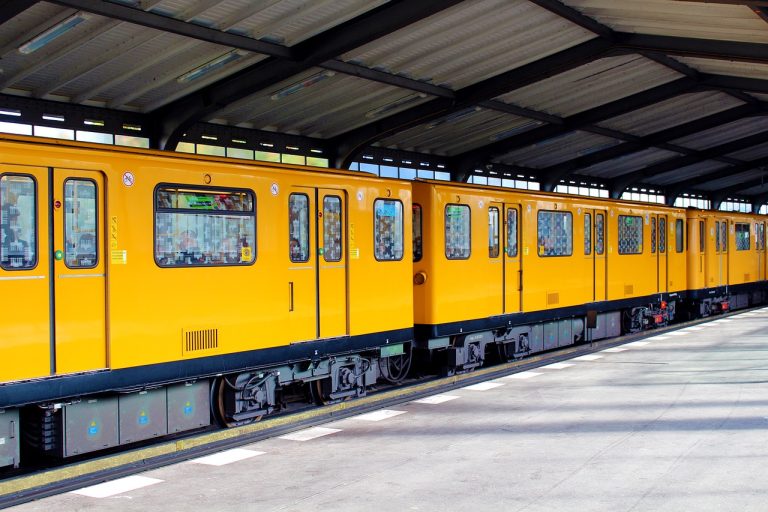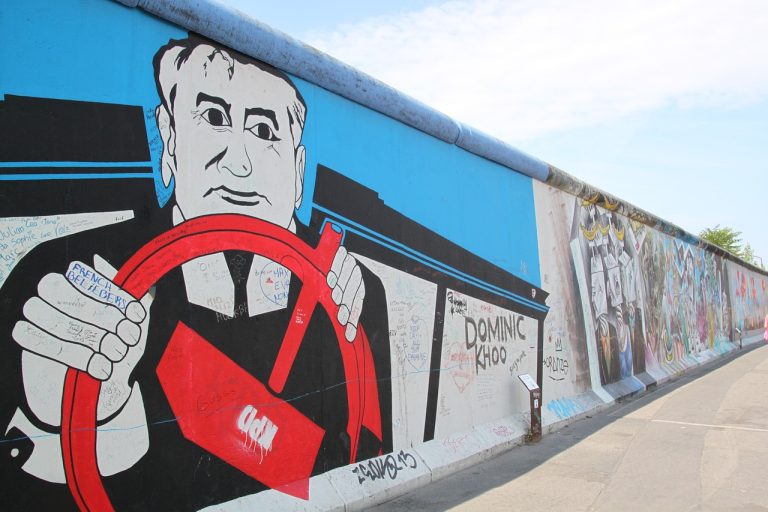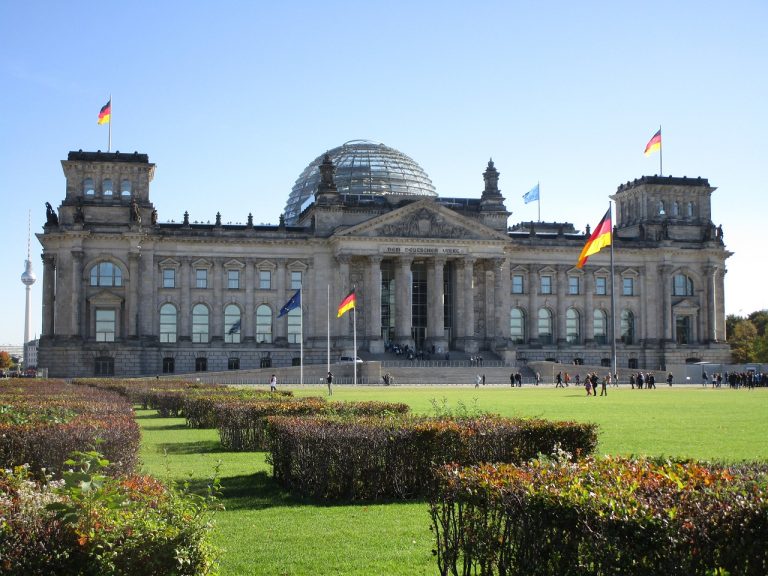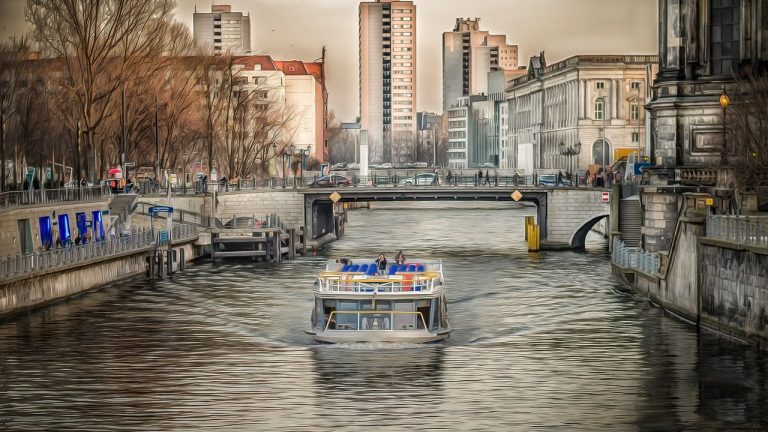Berlin Germany Video
Public Transportation in Berlin Germany: A Complete Guide
Berlin, the capital city of Germany, is known for its efficient and extensive public transportation system. Navigating the city using public transportation is not only convenient but also an excellent way to explore the various attractions and landmarks that Berlin has to offer. This complete guide will provide you with all the information you need to know about public transportation in Berlin.
Transportation Zones
- A Zone: The A Zone covers the central area of Berlin, including popular districts like Mitte and Friedrichshain. It is the most commonly used zone for tourists visiting the city.
- B Zone: The B Zone extends beyond the A Zone and includes neighborhoods like Prenzlauer Berg and Kreuzberg.
- C Zone: The C Zone covers the outskirts of Berlin, including areas like Schönefeld Airport and Potsdam.
When purchasing tickets, it’s important to consider the zones you will be traveling through to ensure you have the appropriate ticket for your journey.
Ticket Types
- Single Ticket: The single ticket allows for a one-way journey within the selected zones. It is valid for up to 2 hours of travel.
- Day Ticket: The day ticket provides unlimited travel within the selected zones for the entire day.
- WelcomeCard: The WelcomeCard offers unlimited travel within the selected zones, as well as discounts on various attractions and museums in Berlin.
It’s important to validate your ticket before boarding public transportation to avoid fines. Ticket validation machines can be found on trams, buses, and at U-Bahn and S-Bahn stations.
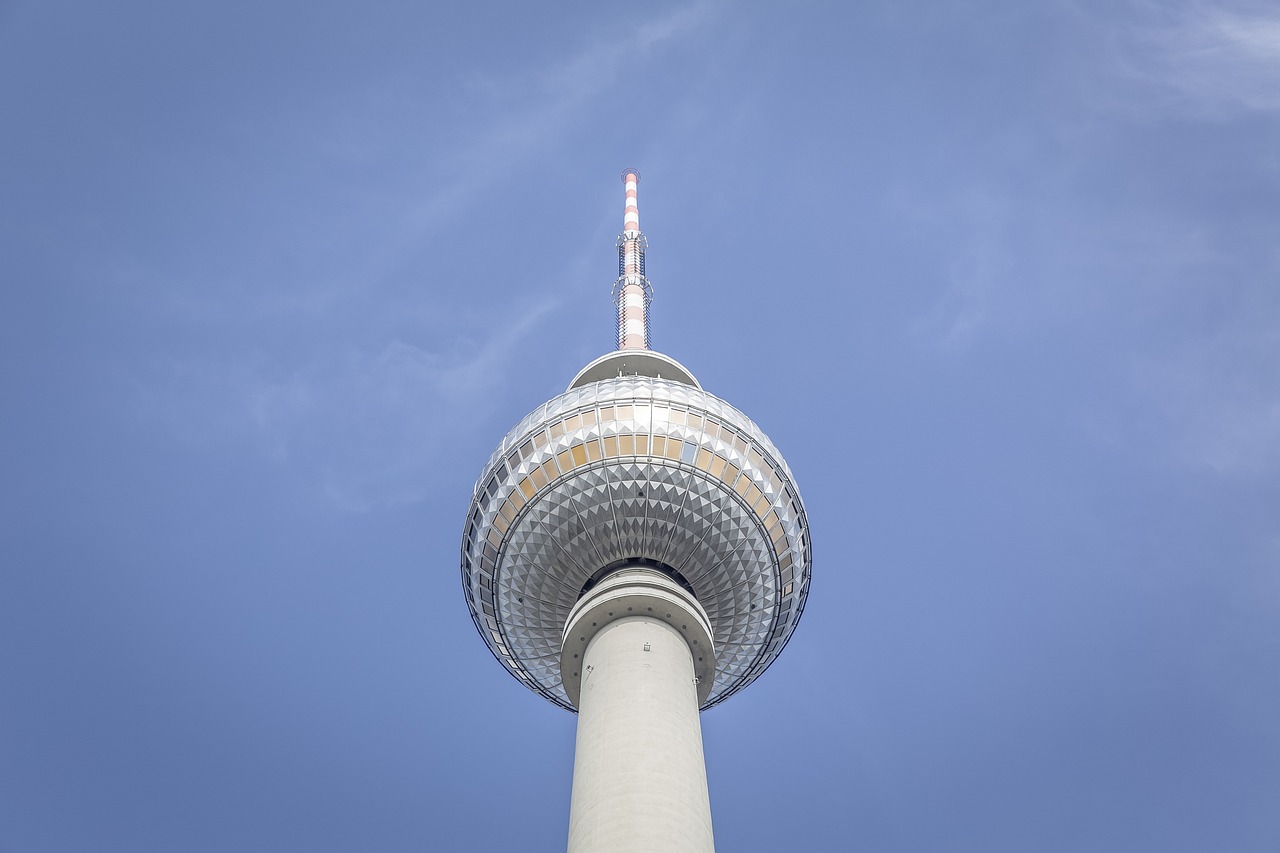
U-Bahn: The Subway System
- Lines: Berlin’s U-Bahn consists of 10 lines that serve the entire city.
- Frequency: Trains typically run every 5-10 minutes during peak hours and every 10-15 minutes during off-peak hours.
- Accessibility: Most U-Bahn stations are equipped with elevators and escalators for easy access.
The U-Bahn is a convenient option for traveling longer distances within the city quickly and efficiently.
S-Bahn: The Commuter Rail
- Lines: Berlin’s S-Bahn comprises 15 lines that connect the city center with the suburbs.
- Frequency: Trains usually run every 10-20 minutes during peak hours and every 20-30 minutes during off-peak hours.
- Accessibility: Many S-Bahn stations are equipped with elevators and ramps for easy accessibility.
The S-Bahn is an excellent choice for traveling to and from the outskirts of Berlin and neighboring cities.

Trams: Traditional Charm
- Lines: Berlin’s tram network consists of 22 lines that cover various neighborhoods and tourist spots.
- Frequency: Trams typically run every 10-15 minutes during peak hours and every 15-20 minutes during off-peak hours.
- Accessibility: Trams offer low-floor access, making them easily accessible for passengers with mobility needs.
Trams are a great way to explore Berlin’s neighborhoods and enjoy the city’s charm while traveling.
Buses: Extensive Coverage
- Lines: Berlin’s bus network comprises numerous lines that cover the entire city, including areas not served by the U-Bahn or S-Bahn.
- Frequency: Buses generally run every 10-15 minutes during peak hours and every 15-20 minutes during off-peak hours.
- Accessibility: Most buses are equipped with ramps and designated spaces for passengers with disabilities.
Buses offer an extensive network that allows you to reach every corner of Berlin, making them a convenient option for exploring the city.
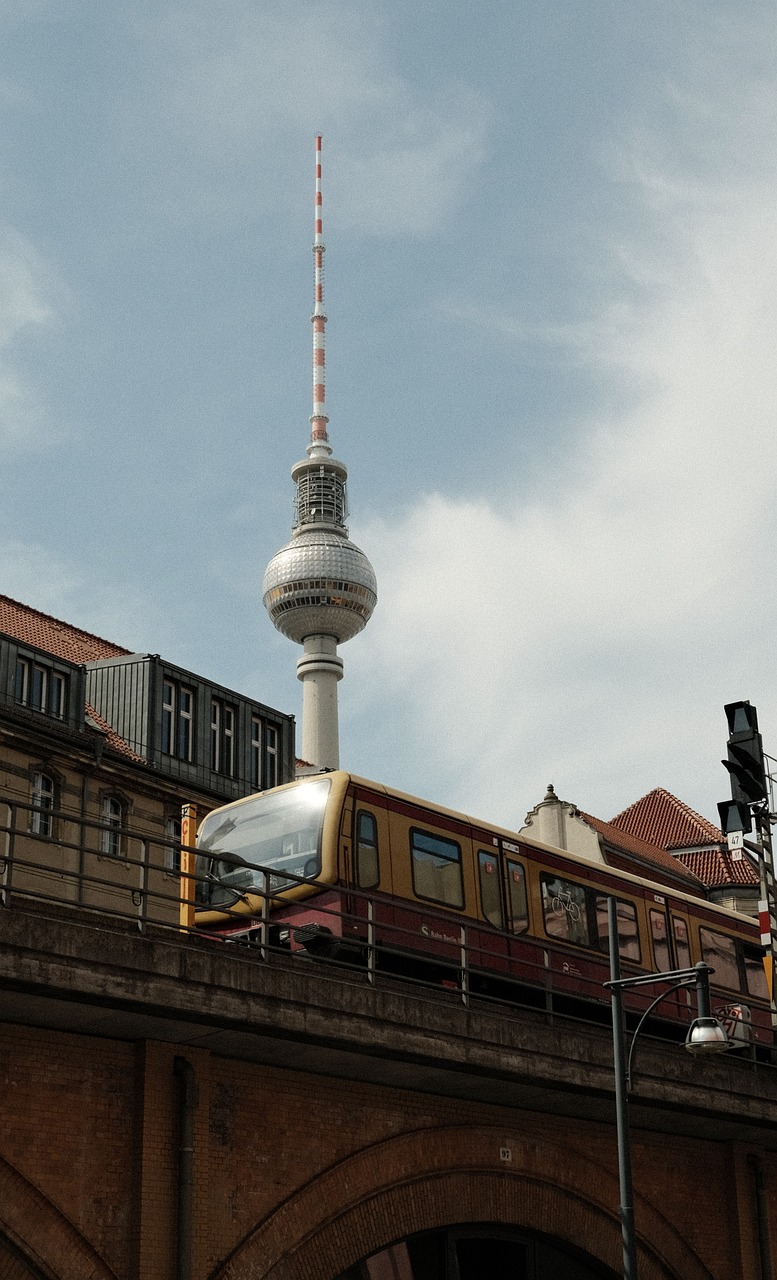
Ferries: Waterway Transportation
- Routes: Berlin’s ferry services operate on various routes along the River Spree and connect different parts of the city.
- Frequency: Ferry schedules vary depending on the route and time of year, so it’s recommended to check the timetable in advance.
- Accessibility: Some ferries offer wheelchair accessibility, but it’s advisable to check with the specific ferry operator.
Ferries provide a unique and scenic way to travel in Berlin, offering beautiful views of the city’s waterfront.
Biking: Pedal Power
- Bike Sharing: Berlin has several bike-sharing programs, such as Call a Bike and Nextbike, which allow visitors to rent bikes for short periods.
- Bike Lanes: The city has an extensive network of bike lanes, making it safe and convenient to explore Berlin on two wheels.
- Traffic Rules: Cyclists must follow the same traffic rules as vehicles and should be cautious while sharing the road with cars and pedestrians.
Biking is a popular mode of transportation in Berlin, offering a fun and eco-friendly way to get around the city.
Conclusion
Public transportation in Berlin is reliable, efficient, and well-connected, making it easy for residents and visitors to explore the city. With a variety of transportation options, including the U-Bahn, S-Bahn, trams, buses, ferries, and biking, getting around Berlin has never been easier. Remember to plan your journeys according to the transportation zones and choose the appropriate ticket type. Enjoy your time exploring Berlin’s vibrant neighborhoods, historical landmarks, and cultural attractions using the city’s excellent public transportation system.
References
- berlin.de
- bvg.de
- visitberlin.de


